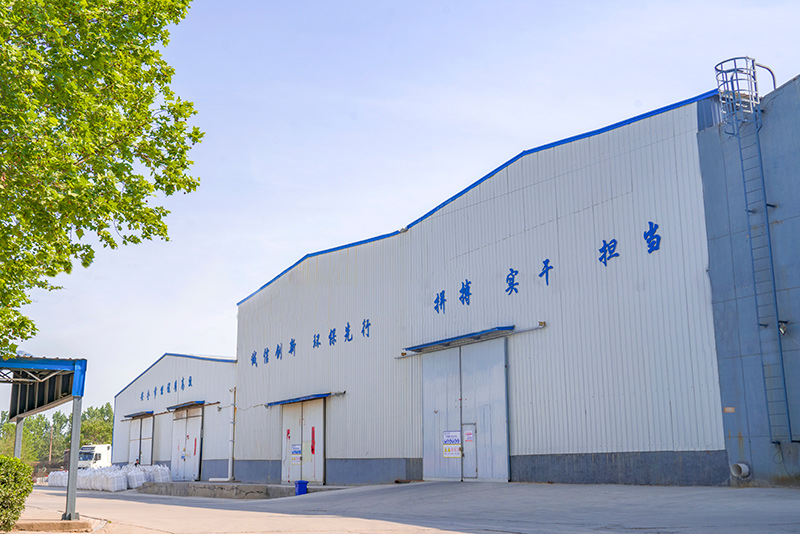Exploring the Future of Sand 3D Printing
In the realm of additive manufacturing, sand 3D printing is rapidly gaining recognition for its revolutionary potential across various industries. This innovative technology utilizes sand as a primary raw material, offering unique advantages in the production of complex geometries and customized components. Unlike traditional methods that often rely on metal or plastic, sand 3D printing paves the way for new possibilities in sustainable manufacturing, architectural design, and even the production of complex industrial parts.
The Process of Sand 3D Printing
At the core of sand 3D printing is a process known as binder jetting. This technique involves the use of a digital file to create a three-dimensional object layer by layer. Initially, a thin layer of sand is spread over a build platform. A binder, typically a liquid, is then selectively applied to adhere the sand particles together according to the specified design. This process continues until the object is fully formed. After printing, the unbound sand is removed, leaving behind a sturdy sand structure. This method is particularly effective for producing metal casting molds, as the sands used can withstand high temperatures and are easily recyclable.
Applications Across Industries
One of the most notable applications of sand 3D printing is in the field of construction and architecture. With the ability to produce large-scale components quickly and efficiently, architects and builders can design intricately detailed structures that were once seemingly out of reach. Moreover, this technology allows for the use of local sand resources, reducing transportation costs and environmental impact. For example, projects in remote areas can utilize locally sourced materials, showcasing a sustainable approach to construction.
In the automotive and aerospace industries, sand 3D printing proves invaluable for prototyping and producing complex parts. Traditional manufacturing methods often incur high costs and lengthy lead times when creating custom molds. However, with sand 3D printing, engineers can streamline the production process significantly. This technology enables the rapid manufacturing of molds for metal casting, allowing for experimentation and fine-tuning of designs before moving to full production. Consequently, manufacturers can reduce waste and optimize their material use, aligning with the principles of lean manufacturing.
sand 3d printing

Environmental Considerations
As the world increasingly prioritizes sustainability, sand 3D printing stands out as an eco-friendly alternative to conventional manufacturing processes. The use of natural sand is complemented by the fact that many binder materials used in the process are non-toxic and recyclable. The potential for reducing waste production is significant, as the technology eliminates the need for extensive machining or excess raw materials often associated with traditional manufacturing.
Moreover, sand 3D printing can contribute to conservation efforts. For instance, its application in the creation of molds for casting allows for the recycling of sands after their initial use. This cycle not only minimizes waste but also encourages a circular economy approach within manufacturing.
Challenges and Future Directions
Despite its many advantages, sand 3D printing does face some challenges. The technology is still relatively nascent, and there are ongoing discussions about standardization and quality control in the industry. Research and development are essential to address these issues and enhance the reliability of sand 3D printing processes.
Looking ahead, the future of sand 3D printing appears promising. As more industries recognize its advantages, we can expect advancements in techniques, materials, and applications. Continued innovation could lead to even greater efficiencies, expanding the capabilities of this technology beyond its current scope. As we explore new horizons in manufacturing, sand 3D printing will undoubtedly remain at the forefront of this exciting evolution.
In conclusion, sand 3D printing represents a significant leap forward in additive manufacturing. With its unique material properties, diverse applications, and environmentally friendly practices, it is poised to revolutionize various industries. As we continue to embrace this technology, the possibilities it offers are boundless, paving the way for a more sustainable and innovative future.
Post time:ಡಿಸೆ . 25, 2024 09:45
Next:Understanding the Significance of Foundry Sand in Metal Casting Processes
